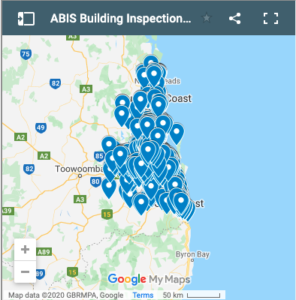Cement Rendering
Traditional cement rendering is the application of a thin premixed surface of sand, cement and lime to brick, cement, stone or mud brick. Depending on the ‘look’ required, rendering can be fine or coarse, textured or smooth, natural or coloured, pigmented or painted. Different rendered finishes can be created by using different tools such as trowels, sponges, or brushes.
The art in traditional rendering is, (apart from getting the mix right), the appearance of the top coat. Different tradesmen will have different finishing styles and be able to produce different textures and decorative effects. Some of these special finishing effects may need to be created from a thin finishing ‘top coat’ or from a finishing wash. It is generally used on exterior walls but can be used to feature an interior wall. Cement rendered surfaces are best done by experienced, licensed professionals.
Acrylic rendering
There are also a wide variety of premixed renders for different situations. Some have a polymer additive to the traditional cement, lime and sand mix for enhanced water resistance, flexibility and adhesion. Acrylic premixed renders have even higher enhanced water resistance and strength. They can be used on a wider variety of surfaces, including concrete, cement blocks, and AAC concrete panelling.
With the right preparation, they can be used on smoother surfaces like cement sheeting (HardiTex/ Fibro), new high tech polymer exterior cladding such Uni-Base, and expanded Polystyrene. A few of these require activation with cement just prior to application. Some of these premixed acrylic renders have a smoother complexion than traditional renders. Others can even be sprayed on.
There is also a wide variety of acrylic bound pigmented ‘designer’ finishing coats that can be applied over the acrylic render. Depending upon the product, they can be rolled, trowelled or sponged on. A limited number can also be sprayed on. Various finishes, patterns and textures are possible such as sand, sandstone, marble, stone, stone chip, lime wash or clay like finishes.
There are stipple, glistening finishes, and those with enhanced water resistance and anti fungal properties. Acrylic renders take only 2 days to dry and cure- much faster than the 28 days for traditional render. The variety of effects available from acrylic renders requires an experienced, licensed renderer who is familiar with the product and style required.
Wikipedia Entry For Cement Render





